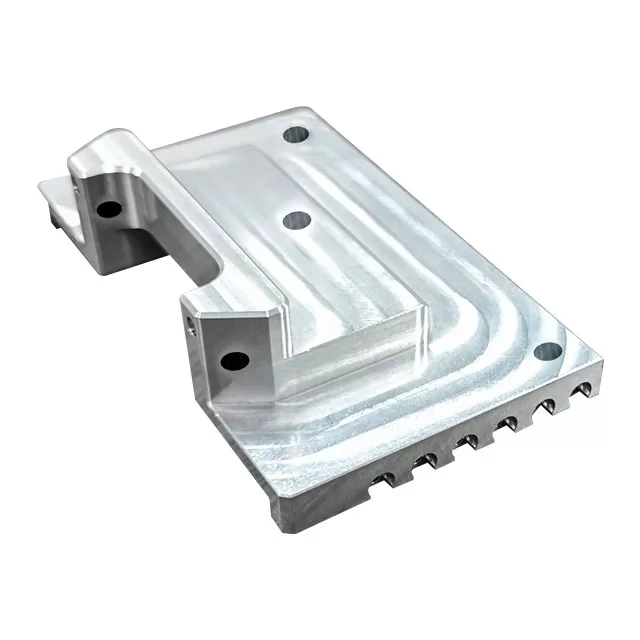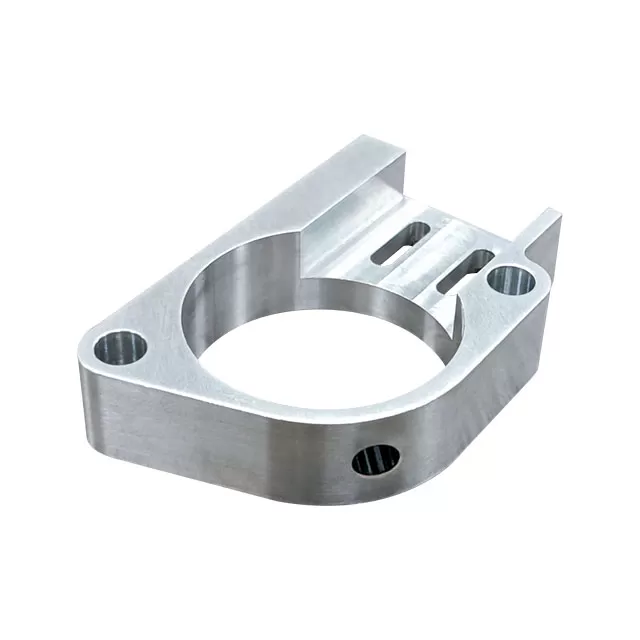CNC (Computer Numerical Control) machines are widely used in the manufacturing industry to produce parts with high precision and accuracy. In this article, we will discuss the process of how CNC machines make parts.
Designing the CNC machines part
The first step in creating a part using a CNC machine is designing the part using CAD (Computer-Aided Design) software. The designer creates a 3D model of the part, which is then saved in a file format that the CNC machine can read.

Programming the machine
Once the design is complete, the next step is to program the CNC machine. This is done using CAM (Computer-Aided Manufacturing) software. The CAM software takes the 3D model of the part and creates a set of instructions for the CNC machine parts to follow. The instructions include the tool paths, cutting speeds, and other parameters that are needed to create the part.
Setting up the machine
After the programming is complete, the CNC machine is set up for production. The operator loads the file containing the instructions into the machine’s computer and sets up the cutting tools and workpiece. The machine is then ready to begin the production process.
Cutting the part
The CNC machine uses a variety of cutting tools, such as drills, mills, and lathes, to cut the part from the raw material. The cutting tools are controlled by the machine’s computer, which follows the instructions created by the CAM software. As the cutting tools move across the workpiece, they remove material until the part is complete.

Finishing the part
Once the part is cut, it may require additional finishing processes, such as sanding, polishing, or painting. These finishing processes are typically done manually, as they require a human touch to achieve the desired result.
Conclusion
CNC machines have revolutionized the manufacturing industry by making it possible to produce parts with high precision and accuracy. The process of making parts using a CNC machine involves designing the part, programming the machine, setting up the machine, cutting the part, and finishing the part. With the help of these machines, manufacturers can produce complex parts quickly and efficiently.


